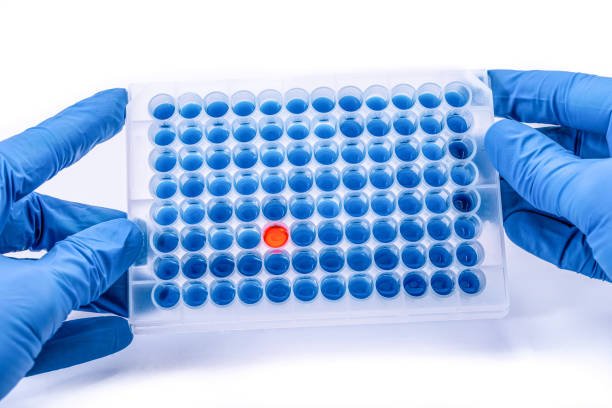Benefits and Uses of a 96 Well Plate

96 well plates are used for various experimental platforms, primarily in ELISA assays. They are comprised of 96 wells each coated with either an antibody or antigen. Each well has an agar or buffer block to allow for proper digestion and measurement of samples. The plate is generally used with a microplate reader. Here is a brief overview of the features of a 96 well plate. Listed below are some of their benefits and uses. Visit this website to get the various types of well plates at the comfort of your home.
96-well plates are generally sterile and contain no DNase, RNase, or PCR inhibitor. They are manufactured by brands such as Brandtech. 96-well plates are commonly used in biochemical and clinical research, and many labs already have a 96-well plate reader. They are a convenient way to measure platelet aggregation in a short time. They are also inexpensive, requiring little to no set-up time and cost, and are a convenient way to perform many studies.
One advantage of 96-well polypropylene plates is their ease of use. They come in round and flat formats. The round and flat versions are especially suitable for general storage applications, such as serial dilutions. All are built to industry standard footprints. They also feature a tapered bottom and are designed for 96-well pipetters. After sterilization, the plates are packaged separately. It is advisable to purchase a plate with a sealant before performing a sensitive experiment.
A 96-well microplate is a convenient choice for screening and performing cell culture experiments. Its glass bottom and lid offer exceptional optical clarity and low autofluorescence. These plates are suitable for automated readers and robot compatible systems, and they have excellent optical clarity. Additionally, they have a low-profile polystyrene lid for good cell adhesion. They have been developed and validated by PerkinElmer experts.
Biomat is a supplier of 96-Well Polystyrene Microplates. These plates come in a wide range of colors and layouts. There are two main types of 96-well plates: Transparent and solid. Solid 96-well plates are better for autoluminescence readings because they reduce background. Biomat offers a wide range of 96-well polystyrene plates to suit your specific testing needs.
The most important consideration for 96-well plate aggregometry is the speed at which the agonists are pipetted from the tube to the well. If the light transmits through the 96-well plate, then the % aggregation is high. If the light absorbance is low, then the agonist concentration is low. By using an automated pipetting system, you can achieve the desired results without the hassle of manually adding the agonist, find more also about 96 well plate inserts on this page.
The 96-well plate method is popular for its ease of use. 96-well plates hold a maximum of 300 ml, limiting the amount of blood and PRP that can be added to each well. Fratantoni et al. used 135 ml of PRP and 15 ml of an agonist. In contrast, Maayani et al. used a 150-ml assay volume and varied the PRP-agonist ratios.
Check out this blog to get enlightened on this topic: https://en.wikipedia.org/wiki/File:384-well_plate.svg.
